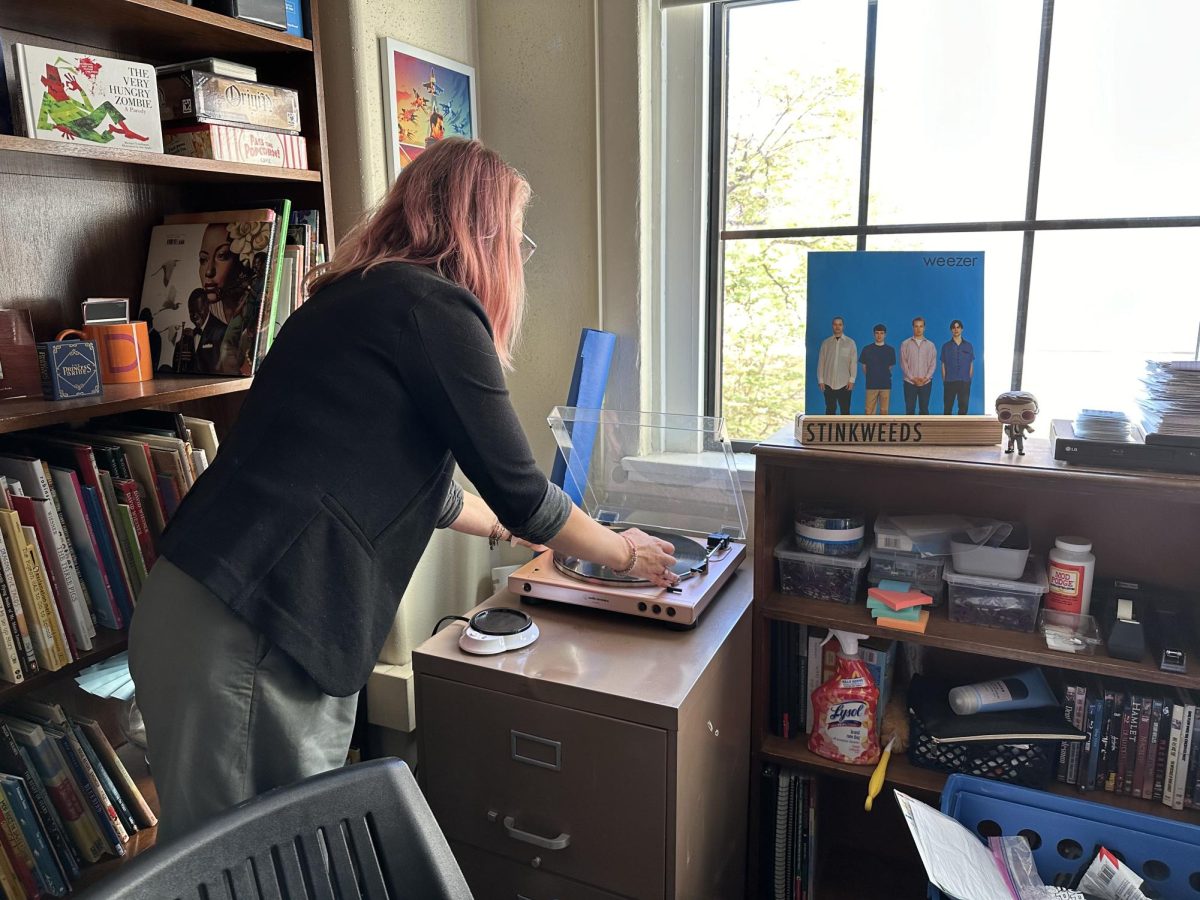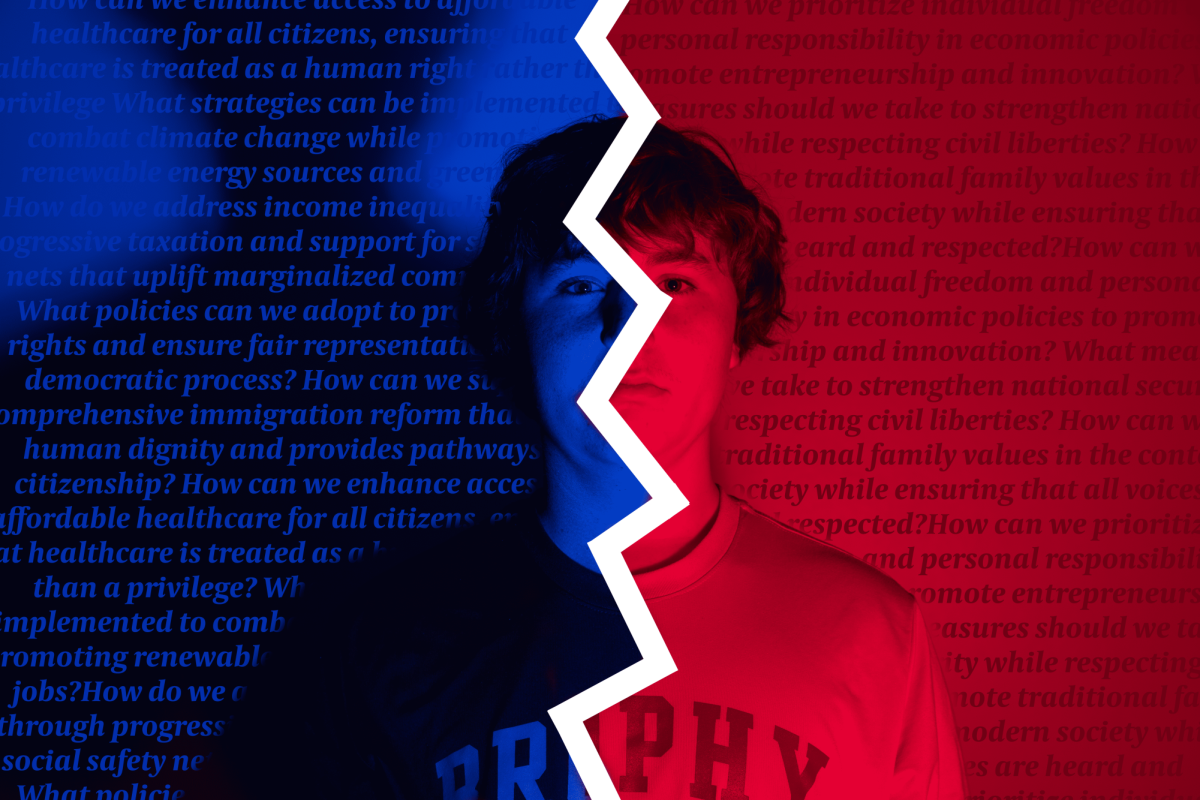By Ulises Araiza ’11
The Roundup
Music has been around since the beginning of mankind, and like us, has evolved over time.
Along with music, the way we dance has gone into new dimensions.
In the Middle Ages, it was risqué for a man and woman who were not committed to each other to hold hands. Some 700 years later not only do we hold hands with complete strangers but we dance in ways that many label as “provocative.”
How was it that we got from the days of the harpsichord to fast electronic beats and apple bottom jeans?
For starters, it didn’t happen overnight. As late as the Victorian Era, it was considered taboo for women to show their wrists.
After WWI, American youth would never be the same. Fads like the Charleston began appearing and women no longer dressed in big gowns that covered every inch of skin.
During the next century, men and women would expose more and more skin, and in a few decades, our way of dancing would change much more than it had for the past centuries.
Songs would be made with lyrics that are often labeled as demeaning to women, with beats that make your adrenaline rush and start pumping the beat of the song into your body.
Instead of waltzing, we grind.
Back in the day, when a couple danced their hands were extended to keep distance between their bodies. Instead our generation prefers to dance with our bodies as close as possible, making many adults wonder if that should even be considered a form of dancing.
Do teens dance like this because of what the songs say, or because the beats invite us to dance in such a way? Or is it a combination of both?
I mean, can you imagine dirty dancing to Mozart? How awkward would that be?
“We need to reteach what dancing is—dancing is social movement, it’s not grinding. Someone should come into Brophy and teach how to really dance,” said Brophy ethics teacher Mr. Stephen Johnson. “It’s hard to live in a society where Hollywood is the moral teacher but that’s what today’s youth is faced with.”
So what’s real dancing for Mr. Johnson?
Ballroom dancing and square dancing are in the acceptable category for him.
Do I agree with Mr. Johnson? Not completely.
I do agree with him that we do need to reteach what dancing is—grinding is not really dancing. It is simply a couple taking up space on a dance floor.
It wouldn’t hurt to show off some originality on the dance floor—just try to make it tasteful.
I also agree that we live in a hectic society and that the movies, television, Internet and other media forms influence a large number of our actions and can take the place of the moral counsel of a parent.
But unlike Mr. Johnson, I don’t believe grinding is sex. Perhaps it comes from the naivety of my youth but I find it hard to see it as sex, even with all the explanations I have been given.
According to Brophy Dean Mr. Jim Bopp, there is no official school policy stating what dance moves are or are not appropriate at dances.
It is up to the student’s discretion to decide how he wants to dance. But it is also up to the prefects at the school events to determine whether a dance form is appropriate or not.
If the form of dancing is deemed as inappropriate then the consequences could range from being asked to stop dancing to a Saturday JUG.
You determine how you want to conduct yourself in public. Surely we all want to have fun and as teenagers we should rightfully do so.
Just make sure to do so in a tasteful way.





















